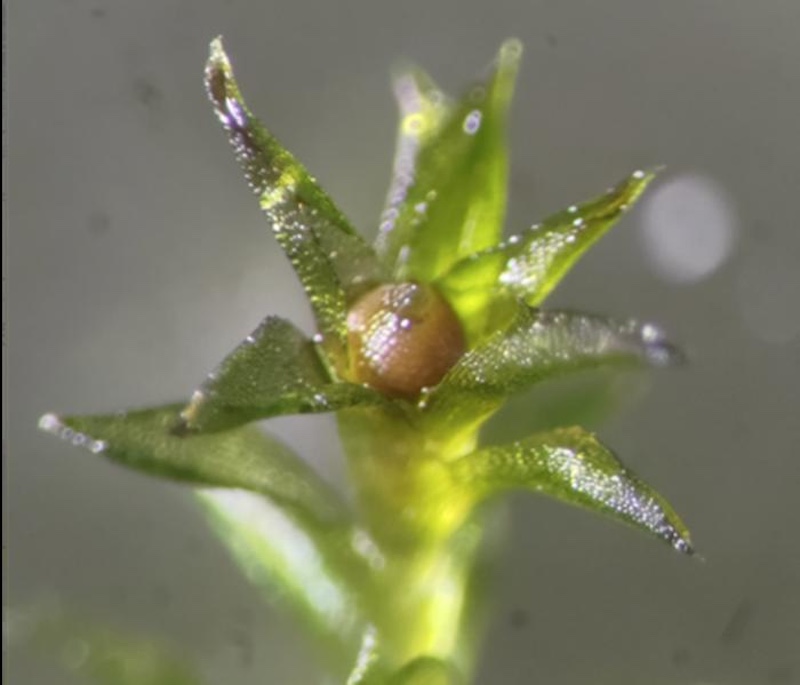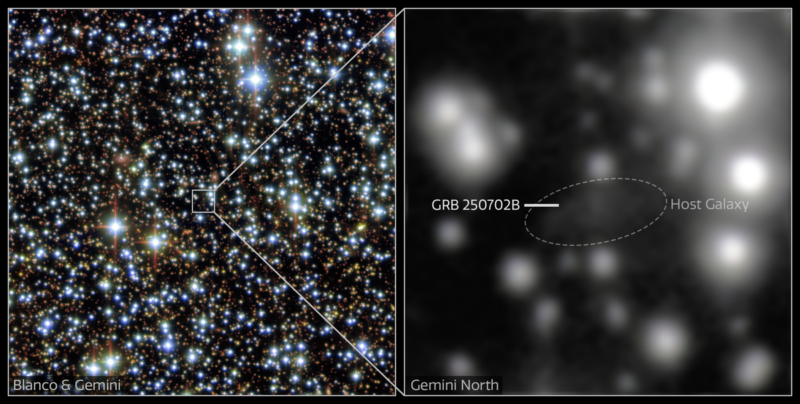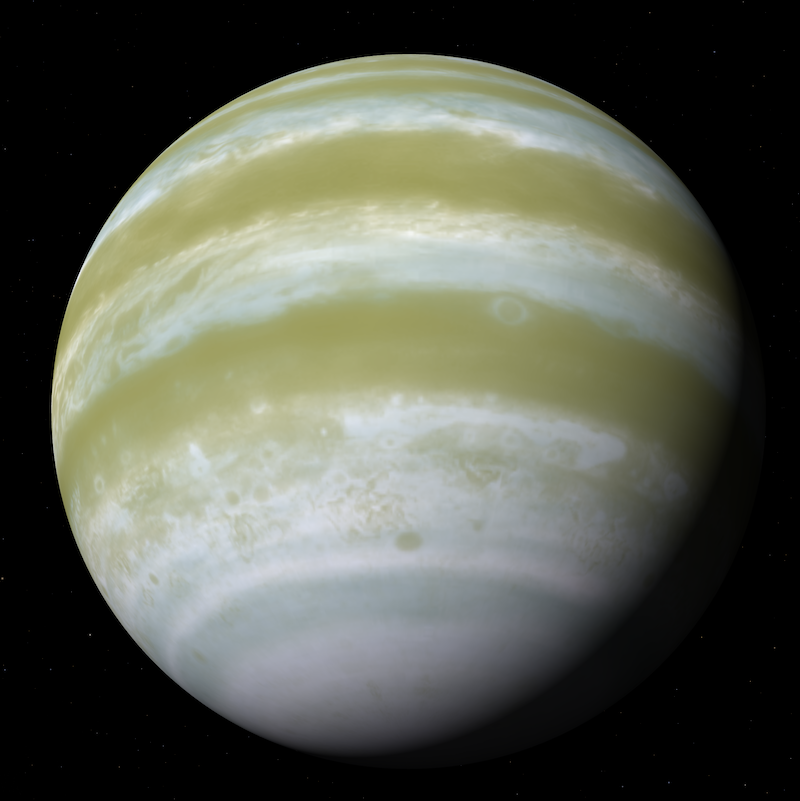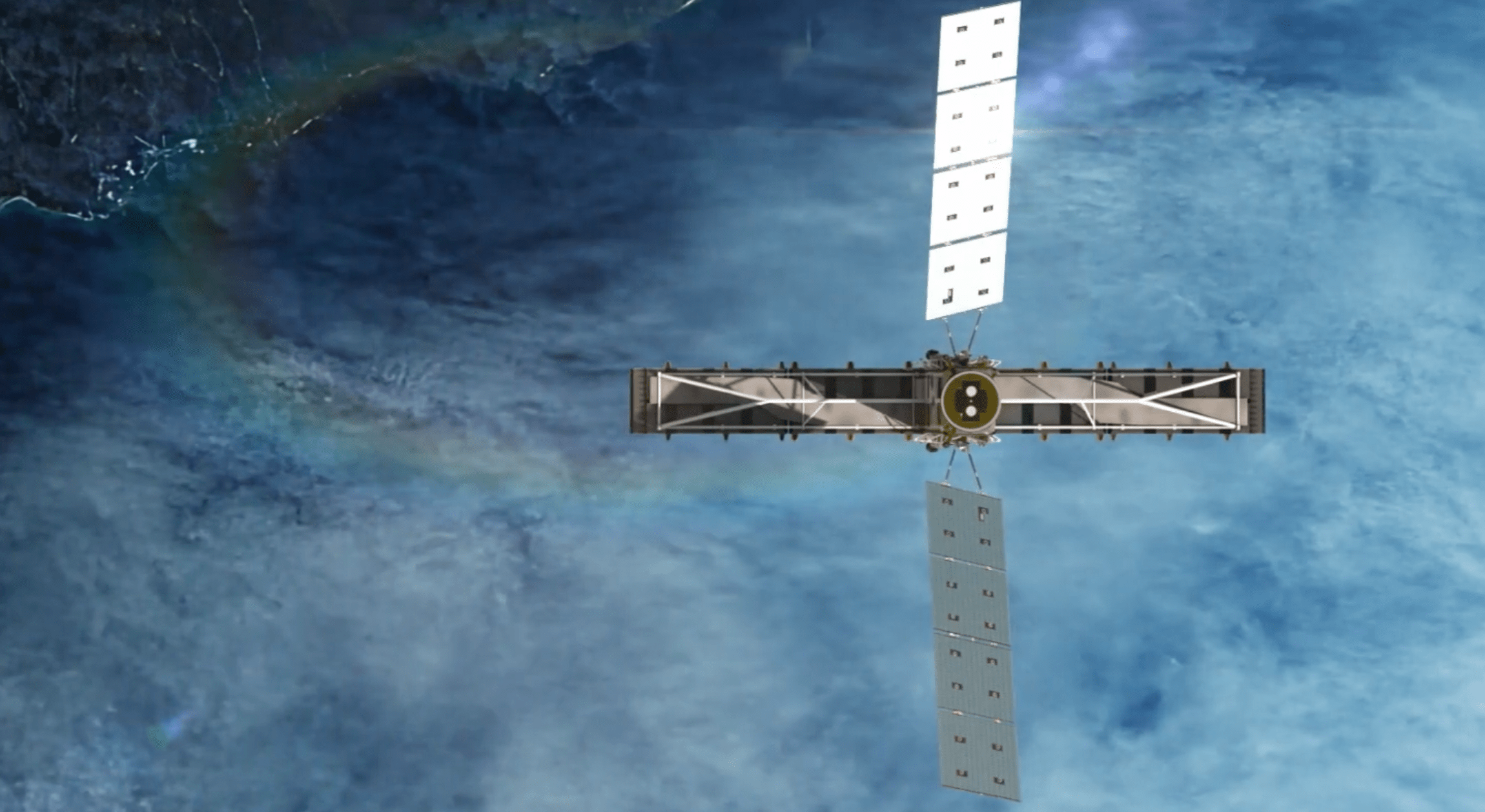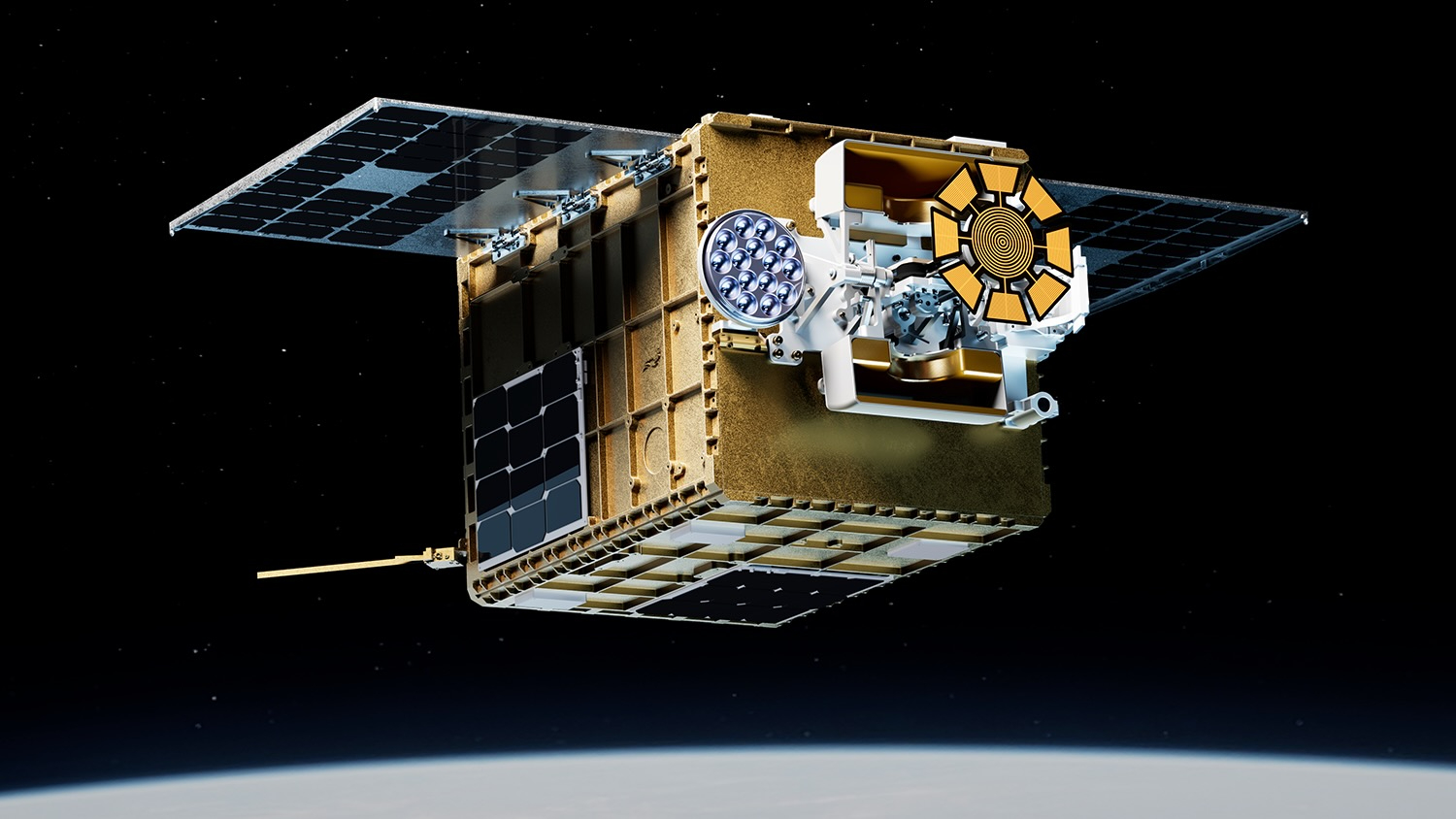Now Reading: New images show a pair of galaxies in a deep-space battle
-
01
New images show a pair of galaxies in a deep-space battle
New images show a pair of galaxies in a deep-space battle
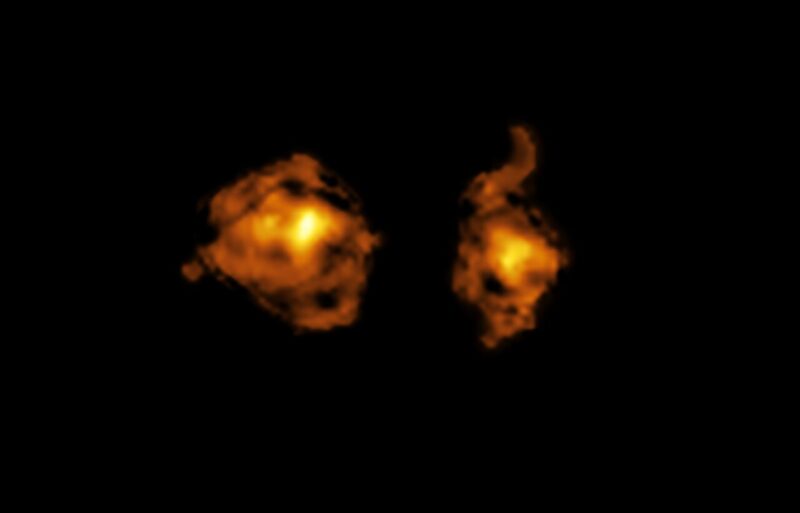

- Cosmic joust is the name astronomers gave to this pair of galaxies. They’re locked in a war as they circle each other.
- One galaxy has a supermassive black hole at its center that’s powering a quasar. This quasar is piercing the other galaxy with intense radiation.
- The galaxy hit by the quasar will now form fewer stars because the radiation has disrupted its clouds of gas and dust.
ESO published this original story on May 21, 2025. Edits by EarthSky.
A pair of galaxies in deep-space battle
For the first time, astronomers have witnessed a violent cosmic collision in which one galaxy pierces another with intense radiation. Their results, published May 21, 2025, in the peer-reviewed journal Nature (read here), show this radiation dampens the wounded galaxy’s ability to form new stars. This new study combined observations from both the European Southern Observatory’s Very Large Telescope (VLT) and the Atacama Large Millimeter/submillimeter Array (ALMA), revealing all the gory details of this galactic battle.
In the distant depths of the universe, two galaxies are locked in a thrilling war. Over and over, they charge toward each other at speeds of 500 km/s (1.1 million mph) on a violent collision course, only to land a glancing blow before retreating and winding up for another round. Co-author Pasquier Noterdaeme, a researcher at the Institut d’Astrophysique de Paris, France, and the French-Chilean Laboratory for Astronomy in Chile, drew a comparison to a medieval sport:
We hence call this system the ‘cosmic joust.’
But these galactic knights aren’t exactly chivalrous. And one has a very unfair advantage: it uses a quasar to pierce its opponent with a spear of radiation.
A quasar spears a galaxy
Quasars are the bright cores of some distant galaxies that are powered by supermassive black holes. They release huge amounts of radiation. Both quasars and galaxy mergers used to be far more common in the universe’s first few billion years. To observe them, astronomers peer into the distant past with powerful telescopes. The light from this ‘cosmic joust’ has taken over 11 billion years to reach us. So we see it as it was when the universe was only 18% of its current age.
Co-author Sergei Balashev, who is a researcher at the Ioffe Institute in St Petersburg, Russia, said:
Here we see for the first time the effect of a quasar’s radiation directly on the internal structure of the gas in an otherwise regular galaxy.
What’s happening in the battle between the pair of galaxies?
The new observations indicate that radiation released by the quasar disrupts the clouds of gas and dust in the regular galaxy. This disruption leaves only the smallest, densest regions behind. These regions are likely too small to form stars, leaving the wounded galaxy with fewer stellar nurseries in a dramatic transformation.
But this galactic victim isn’t all that is being transformed. Balashev explains:
These mergers are thought to bring huge amounts of gas to supermassive black holes residing in galaxy centers.
In the cosmic joust, new reserves of fuel are brought within reach of the black hole powering the quasar. As the black hole feeds, the quasar can continue its damaging attack.
The observations
The scientists conducted this study using ALMA and the X-shooter instrument on ESO’s VLT. Both lie in Chile’s Atacama Desert. ALMA’s high resolution helped the astronomers clearly distinguish the two merging galaxies, which are so close together they looked like a single object in previous observations. With X-shooter, researchers analyzed the quasar’s light as it passed through the regular galaxy. Thus, the team could study how this galaxy suffered from the quasar’s radiation in this cosmic fight.
Observations with larger, more powerful telescopes could reveal more about collisions like this. As Noterdaeme says, a telescope like ESO’s Extremely Large Telescope:
will certainly allow us to push forward a deeper study of this, and other systems, to better understand the evolution of quasars and their effect on host and nearby galaxies.
More images and videos


Watch this video as we go on a trip through space to the dueling galaxies. Video via ESO/ L. Calçada, M. Kornmesser/ N. Risinger (skysurvey.org)/Digitized Sky Survey 2/ DESI Legacy Survey/ ALMA (ESO/NAOJ/NRAO)/S. Balashev and P. Noterdaeme et al. Music: Azul Cobalto.
This video shows a series of animations of the two interacting galaxies, where one of them is piercing the other with intense radiation, like a cosmic joust. Video via ESO/ M. Kornmesser.
Bottom line: For the first time, astronomers have observed one galaxy piercing a second galaxy with the intense radiation from a quasar powered by a black hole.
Source: Quasar radiation transforms the gas in a merging 2 companion galaxy
The post New images show a pair of galaxies in a deep-space battle first appeared on EarthSky.
Stay Informed With the Latest & Most Important News
Previous Post
Next Post
-
 012024 in Review: Highlights from NASA in Silicon Valley
012024 in Review: Highlights from NASA in Silicon Valley -
 02Panasonic Leica Summilux DG 15mm f/1.7 ASPH review
02Panasonic Leica Summilux DG 15mm f/1.7 ASPH review -
 03From Polymerization-Enabled Folding and Assembly to Chemical Evolution: Key Processes for Emergence of Functional Polymers in the Origin of Life
03From Polymerization-Enabled Folding and Assembly to Chemical Evolution: Key Processes for Emergence of Functional Polymers in the Origin of Life -
 04How New NASA, India Earth Satellite NISAR Will See Earth
04How New NASA, India Earth Satellite NISAR Will See Earth -
 05And Thus Begins A New Year For Life On Earth
05And Thus Begins A New Year For Life On Earth -
 06Astronomy Activation Ambassadors: A New Era
06Astronomy Activation Ambassadors: A New Era -
07SpaceX launch surge helps set new global launch record in 2024












